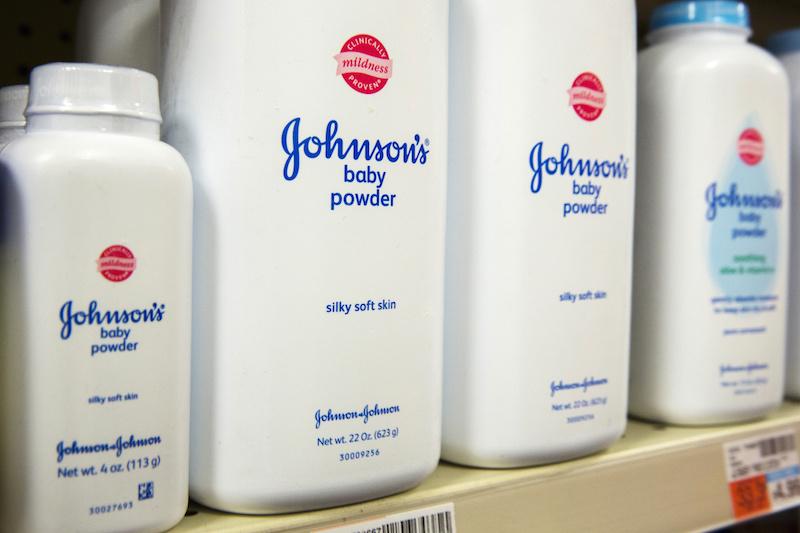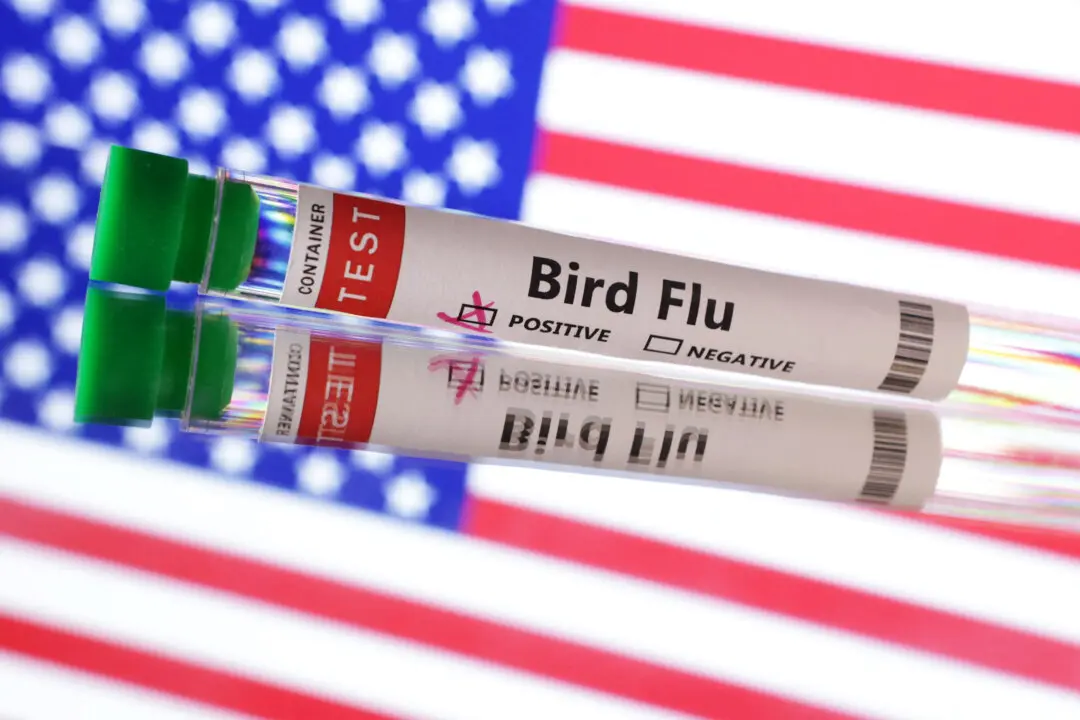A California jury on Jan. 7 heard opening statements in the latest trial over allegations that Johnson & Johnson’s talc-based products, including the company’s baby powder, were contaminated with asbestos and cause cancer.
The lawsuit brought by Terry Leavitt in Alameda Superior Court in Oakland is the first of over a dozen J&J talc cases scheduled for trial in 2019. The company is facing some 11,700 lawsuits over the safety of talc in its products.





